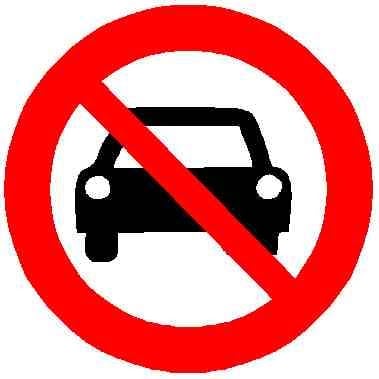On Friday, the U.S. Department of Agriculture is expected to formally start the process of undoing the 2001 Roadless Rule — a move that it argues will help the country’s firefighters…
Syphard, a research ecologist who has been studying wildfire for almost 30 years, said that historically, when it comes to roads and wildfires, a clear pattern has held.
“One of the most fundamental concepts in fire, especially in terms of fire geography, is that roads are the dominant place where you see ignitions,” Syphard said.
The reason is twofold. Where there are roads, there are people. And where there are people, there tend to be wildfires. Additionally, plowing roads into roadless forests and cutting through forest canopies can change the types of vegetation that grow on the forest floor.
A study by the Forest Service’s Rocky Mountain Research Station, published in 2020, found that non-native plants are twice as common within 500 feet of a road as they are farther away. The study, which aimed to address the broader assertion that roads are needed to prevent fires, concluded: “Speculation that eliminating road prohibitions would improve forest health is not supported by nearly twenty years of monitoring.”…
During his first term, President Donald Trump stripped roadless protections for Alaska’s Tongass National Forest — the largest intact temperate rainforest in the world — only for them to be restored by the Biden administration in 2023.
Environmental organizations argue that the Trump administration’s most recent efforts to rescind roadless protections are driven more by a desire to increase timber production in national forests than by a need to reduce wildfire risk. President Trump signed an executive order in March calling for a 25% increase in the nation’s timber production.
Outside of Alaska, rescinding roadless protections won’t open up a bunch of stands of harvestable timber, said former Forest Service Chief Dale Bosworth, who served under President George W. Bush right after the Roadless Rule was first implemented.
“The areas that were left roadless, were left roadless for a reason,” he said. “Because they didn’t have the timber in there and because it was expensive to do road construction.”
We will never undo the damage these old fuckers are causing.



